Why India Continues to Struggle Against South Africa

In recent contests, the Indian cricket team’s struggles against South Africa have become a recurring talking point among fans and analysts. This article unpacks the tactical, technical and mental reasons behind those results, offering a rounded, SEO-friendly examination that helps readers understand the root causes — not just the headlines. The aim is to move beyond simplistic explanations and present actionable observations that reflect patterns seen over multiple series and formats.
This analysis covers batting and bowling weaknesses, selection dilemmas, leadership and tactical choices, adaptability to conditions, and the psychological pressures that often affect performances in high-stakes matches. Each section breaks down one dimension of the problem, explains how it manifests on the field, and describes practical areas for improvement. The result is a complete, balanced look at why India has found South Africa a difficult opponent to overcome consistently.
Top-order and Middle-order Batting Inconsistencies
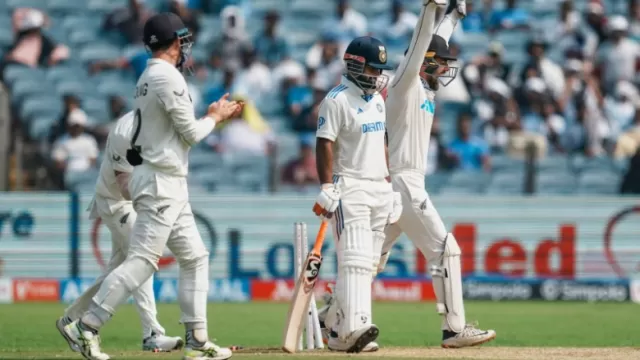
One of the most visible reasons for India’s troubles has been instability in the batting line-up. While the top order can produce aggressive starts, middle-order collapses or a lack of clear role definition have often left India vulnerable when early wickets fall. In key moments, the team has struggled to build partnerships that consolidate an innings, especially against disciplined pace and movement.
Against a South African attack that mixes sharp pace, bounce and late movement, batsmen who rely heavily on timing or short-format instincts can be exposed. The failure to rotate strike steadily, convert starts into big scores, and manage periods of disciplined bowling has frequently shifted momentum in South Africa’s favour. Clear role definition, better strike rotation, and improved situational batting are necessary remedies.
Handling Raw Pace and Variable Bounce

South Africa’s seamers often exploit bounce, carry and aggressive lengths — conditions that trouble batters who are more used to flatter decks or less hostile pace. Indian batsmen occasionally appear uncomfortable against steeper bounce or early movement, leading to mistimed shots and indecision against the short ball and the extra pace.
Effective countermeasures include improved short-ball technique, increased practice against high-quality pace, and stronger pre-series planning to simulate anticipated pitch behaviour. Mental preparation for the unpredictability of bounce and decisive footwork can also reduce the number of soft dismissals and help build more resilient innings.
Spin vs. Pace Balance and Bowling Strategy
India’s bowling unit has sometimes struggled to find the right balance between pace and spin when facing South Africa. In conditions that offer assistance to seamers, overly relying on part-time or slower bowlers can be costly. Conversely, in slower conditions where spin is an attacking option, failing to vary lengths and speeds can allow opposition batters to settle.
A consistent plan — selecting bowlers who suit the surface and rotating them intelligently — is crucial. Seamers need clear attacking and defensive roles, while spinners should be used to control the middle overs and create wicket-taking opportunities. Match-specific bowling plans and better execution under pressure would help reverse the tide.
Death-Over Execution and Tactical Errors
Tactical missteps at the death with both bat and ball have turned tight finishes against South Africa into narrow losses. Bowling in the final overs requires precise execution of yorkers, deceptive slower balls and disciplined field placements; lapses here have allowed big scores or successful chases. Similarly, batting in the death overs without a well-practised plan can lead to rapid collapse or inefficient scoring.
Improved execution in finishing skills — for both bowlers and hitters — alongside clearer contingency plans for various match scenarios can significantly reduce the number of matches decided in the opposition’s favour during the closing stages.
Selection and Rotation Challenges
Selection dilemmas and rotation policies sometimes leave India with either an inexperienced side in crucial positions or a team lacking the precise skill combination needed for South African conditions. The temptation to persist with players out of form or to experiment with untested combinations in high-pressure series can backfire.
A sharper selection framework that values current form, match-up suitability and role clarity over reputation alone would strengthen the side. Rotation should preserve player fitness while ensuring that the best-suited XI for specific conditions is chosen consistently.
Fielding Standards and Turning Half Chances
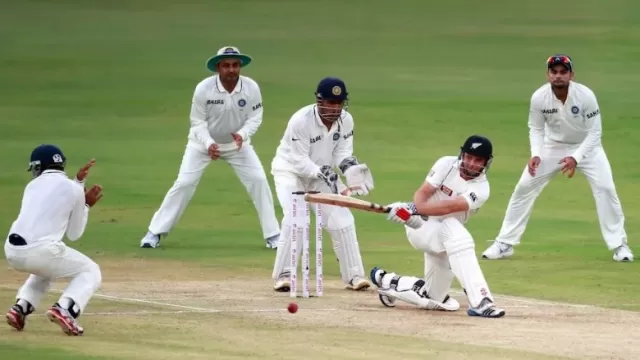
Fielding — especially catching and ground-fielding — has decided several close contests. Drops at critical moments, misfields that leak runs and occasional lapses in backing up the bowlers have enabled South Africa to capitalise. In matches between evenly matched sides, superior fielding often becomes the difference-maker.
Raising intensity in fielding drills, rehearsing high-pressure catching scenarios and sharpening in-match communication can prevent avoidable moments that swing games. Small improvements in fielding discipline often yield outsized returns in tight series.
Captaincy, Leadership and Tactical Clarity
Leadership choices and on-field decision-making directly affect outcomes. Captains must read conditions, set fields that align with bowling plans, and time bowling changes to disrupt opposition partnerships. In some encounters, delayed or conservative decisions have allowed South Africa to seize momentum.
Stronger tactical clarity, proactive use of match-ups, and better in-game communication between captain, coach and bowlers can enable sharper responses to changing match situations. Leadership that balances aggression with situational prudence tends to fare better in close contests.
Psychological Pressure and Match Temperament
Psychology plays a vital role in high-stakes cricket. Facing an opponent with a reputation for aggressive intent can create additional mental pressure. The ability to remain composed under duress, build partnerships and manage the scoreboard calmly is often what separates winners from losers.
Mental conditioning, scenario-based practice and experience in dealing with pressure-cooker moments are important. Encouraging a culture where players are prepared to absorb pressure and play smart, risk-calibrated cricket will improve the team’s resilience.
Preparation and Adaptability to Conditions
Proper preparation — including warm-up matches, targeted practice sessions and data-driven planning — enhances adaptability. South African pace and seam-friendly conditions demand specific preparation; if India arrives underprepared or with inadequate simulation of expected pitch behaviour, it will be at a strategic disadvantage.
Enhanced scouting, pitch simulation, and clear role assignments based on opposition strengths can give India a tactical edge. Flexibility in approach and the willingness to adjust game plans mid-series are equally important.
Youth Integration and Experience Balance
Integrating young talent is vital for long-term success, but doing so without a stable core of experienced players can create gaps in key moments. The ideal approach mixes fresh energy with seasoned judgment — younger players bring innovation, while veterans supply calm and know-how.
Providing mentorship, phased exposure to international pressure and clearly defined responsibilities helps accelerate development while maintaining competitiveness against seasoned opponents like South Africa.
How India Can Improve: Practical Steps
To reverse the trend, India can focus on several practical steps: define clear batting roles, intensify net sessions against pace and bounce, prioritise matchup-based selection, sharpen death-over skills, and invest in mental conditioning programs. Consistent fielding standards and proactive captaincy should be non-negotiable elements of preparation.
Applying these adjustments consistently across formats will not only improve India’s record against South Africa but also strengthen overall team cohesion and adaptability — essential qualities for success in diverse international conditions.
Conclusion
India’s struggles against South Africa are not the result of a single flaw but a combination of tactical, technical and psychological factors. By addressing batting clarity, bowling balance, fielding intensity, leadership decisions and mental readiness, the team can convert close losses into competitive wins. The path forward lies in methodical preparation, sharper execution and a culture that embraces both innovation and discipline.
Also Read: Palash Muchhal: Biography, Career & Net Worth Revealed
Disclaimer
Possible11 is a sports news platform that provides live scores, player statistics, and tournament updates for informational and educational purposes only. We comply with the Online Gaming Bill, 2025 (India) and do not promote or engage with fantasy sports, betting, or real-money gaming platforms. All content is intended solely to enhance the sports experience. Possible11 is not affiliated with any fantasy or gambling applications and is not responsible for any financial gains or losses incurred on external platforms.



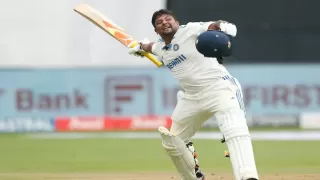
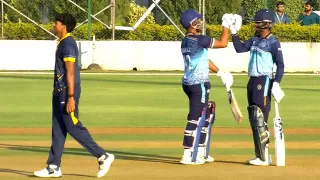




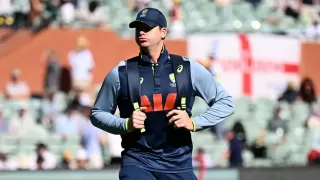
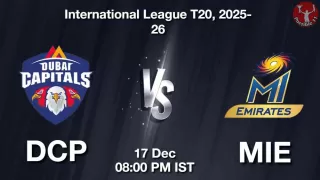

Give Your Feedback